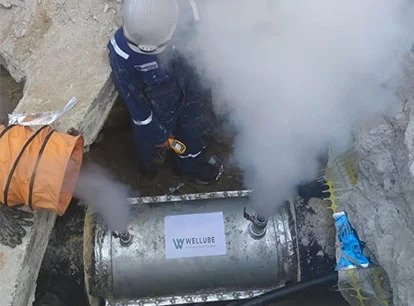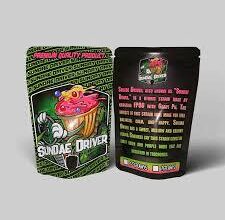In the realm of industrial manufacturing, precision and efficiency are paramount. One innovative technique that has been gaining traction in recent years is line freezing. This cutting-edge process has revolutionized the way industries handle pipeline maintenance, repairs, and modifications. In this comprehensive guide, we’ll delve into the intricacies of line freezing, exploring its applications, benefits, and the latest advancements in the field.
Understanding Line Freezing: A Game-Changing Technology
Line freezing is a method used to create a temporary plug in a pipe by lowering its temperature to form an ice plug. This process effectively isolates a section of the pipeline, allowing maintenance or modifications to be carried out without the need for costly shutdowns or draining of the entire system.
The Science Behind Line Freezing
At its core, line freezing relies on the principles of thermodynamics. By introducing a cryogenic fluid, typically liquid nitrogen, into the pipeline, the temperature of the pipe wall is reduced to below the freezing point of the transported fluid, forming a solid ice plug. This plug effectively seals off the section of the pipeline, enabling work to be performed safely and efficiently.
Applications Across Industries
Line freezing finds applications across a diverse range of industries, including:
- Chemical Processing: In chemical plants where maintaining product integrity is crucial, line freezing allows for repairs or modifications to be made without contaminating the product.
- Oil and Gas: In the oil and gas industry, line freezing is used for maintenance tasks such as valve replacement, leak repairs, and pipeline modifications, minimizing downtime and production losses.
- Food and Beverage: Food processing facilities rely on line freezing to maintain sanitary conditions during equipment maintenance, ensuring compliance with stringent health and safety regulations.
Benefits of Line Freezing
Embracing line freezing offers numerous advantages:
- Cost-Effectiveness: By eliminating the need for system shutdowns and draining, line freezing significantly reduces downtime and associated costs.
- Minimized Disruption: Operations can continue uninterrupted in adjacent sections of the pipeline, maximizing productivity.
- Enhanced Safety: Line freezing eliminates the risks associated with depressurizing or draining pipelines, ensuring a safer work environment for maintenance crews.
Advancements in Line Freezing Technology
In recent years, significant advancements have been made in line freezing technology, enhancing its efficiency and versatility.
Automated Line Freezing Systems
Automation has streamlined the line freezing process, allowing for precise control and monitoring of temperature levels. Automated systems ensure consistency and reliability, minimizing the risk of human error.
Cryogenic Fluid Innovations
The development of new cryogenic fluids with enhanced properties has expanded the capabilities of line freezing. These fluids offer improved freezing times and temperature control, further optimizing the efficiency of the process.
Conclusion
Line freezing represents a paradigm shift in industrial pipeline maintenance and repair. By harnessing the power of cryogenic technology, businesses can minimize downtime, enhance safety, and improve overall operational efficiency. As advancements in line freezing technology continue to evolve, its applications across various industries are poised to expand further, driving innovation and productivity.
FAQs
Q: Is line freezing suitable for all types of pipelines?
A: While line freezing is compatible with most metallic and non-metallic pipelines, it’s essential to assess factors such as pipe material, diameter, and contents to determine its suitability for a specific application.
Q: How long can an ice plug created by line freezing last?
A: The duration of an ice plug’s effectiveness depends on various factors, including ambient temperature, pipe material, and the volume of fluid being transported. However, properly executed line freezing can create a reliable plug that lasts for several hours or even days.
Q: What safety precautions should be taken when implementing line freezing?
A: Prior to performing line freezing operations, comprehensive risk assessments should be conducted, and all personnel involved should receive proper training. Additionally, adequate ventilation and personal protective equipment (PPE) should be utilized to mitigate potential hazards associated with cryogenic fluids.







